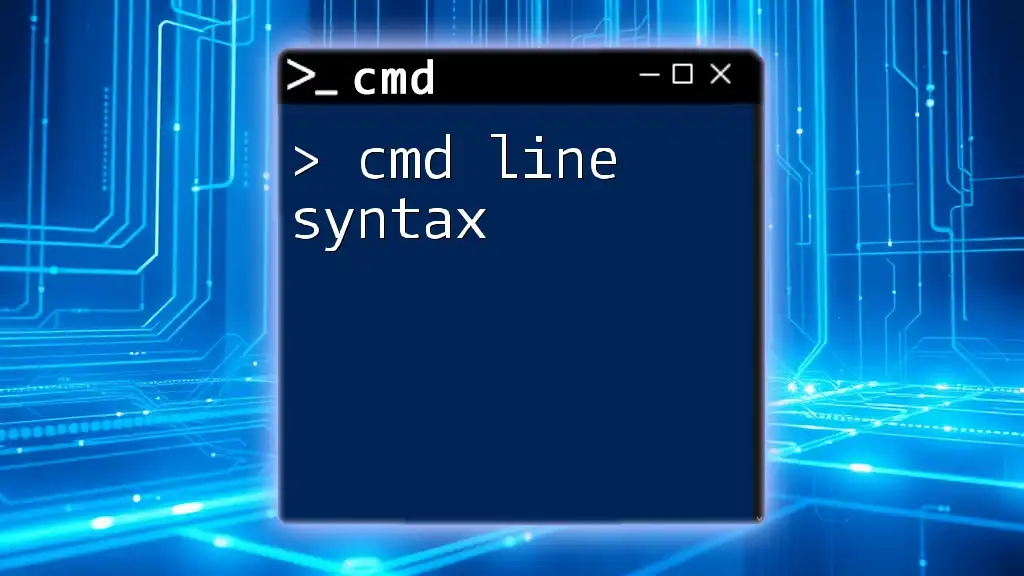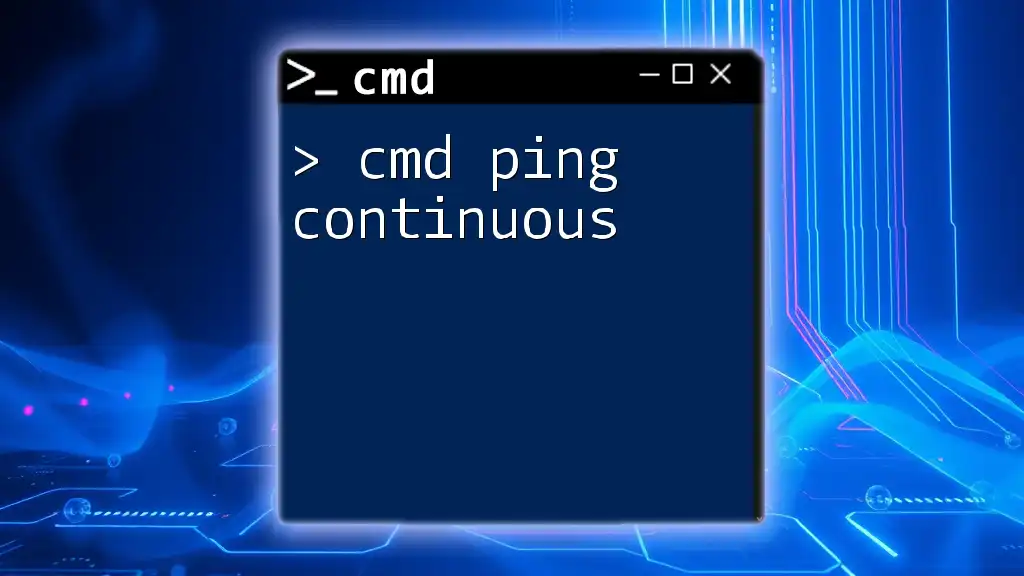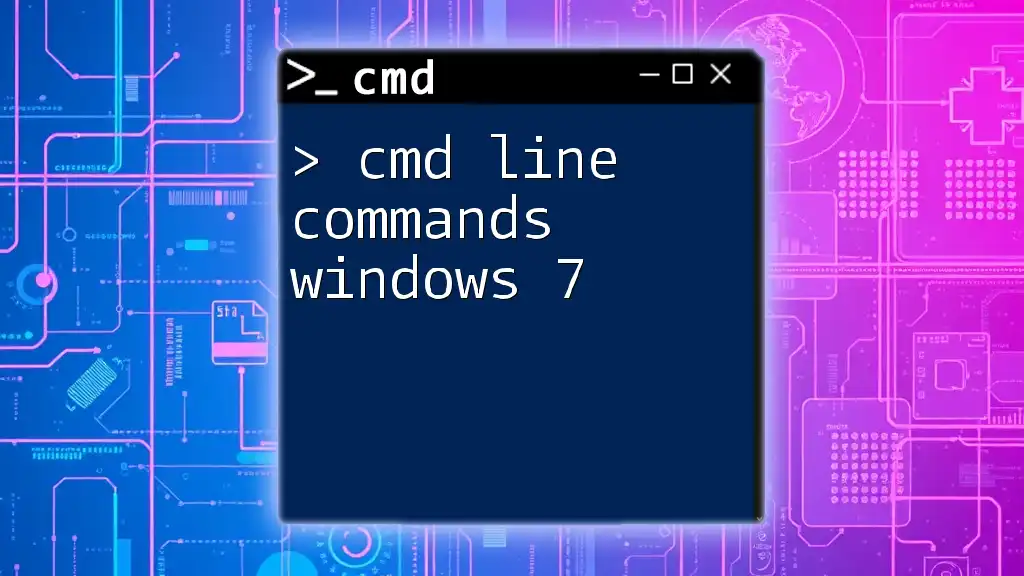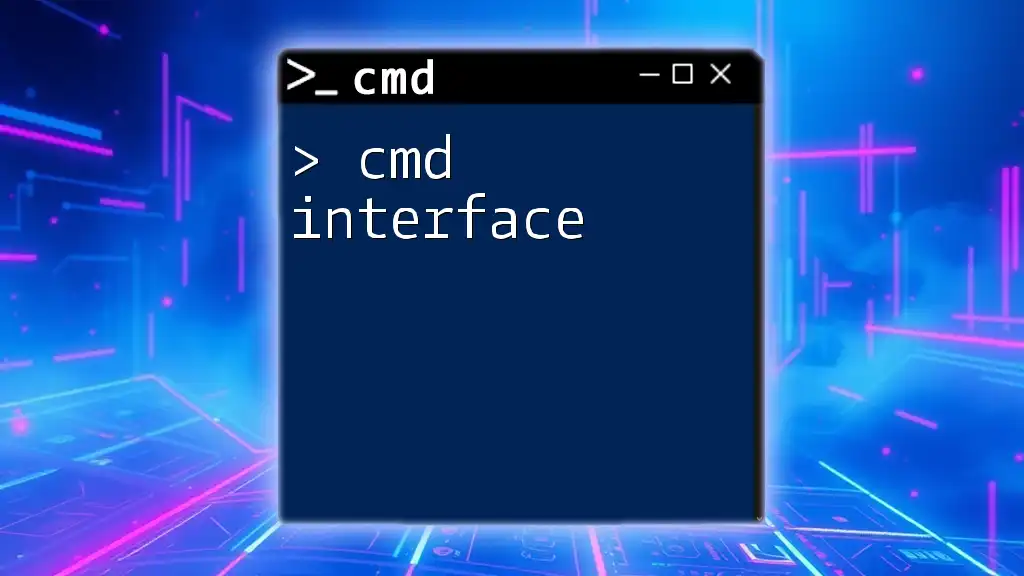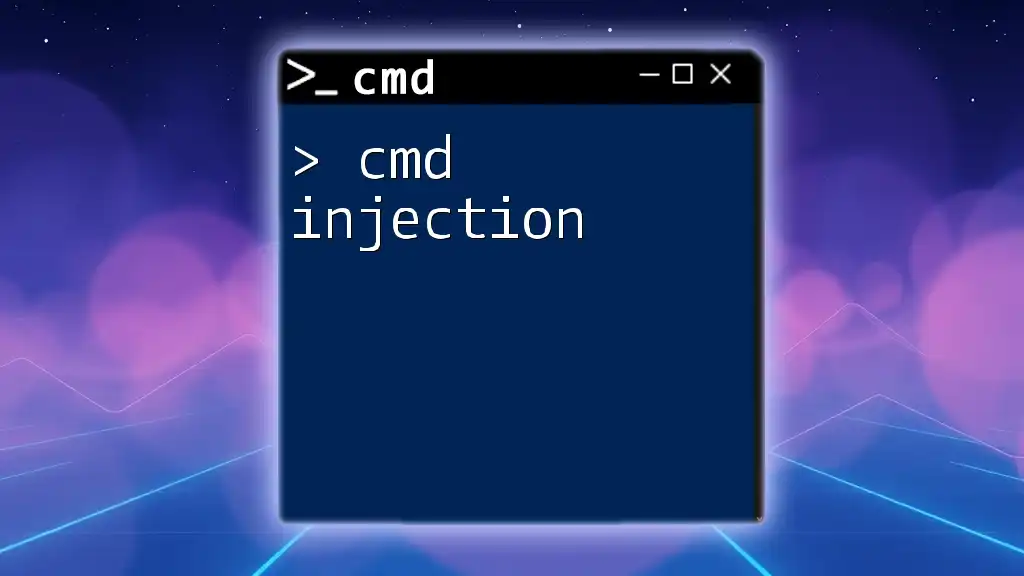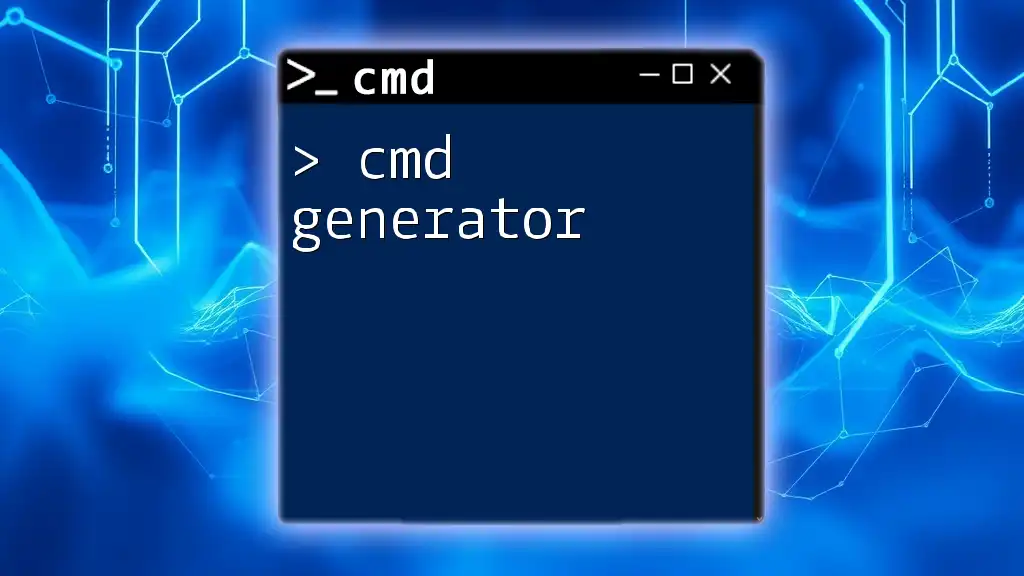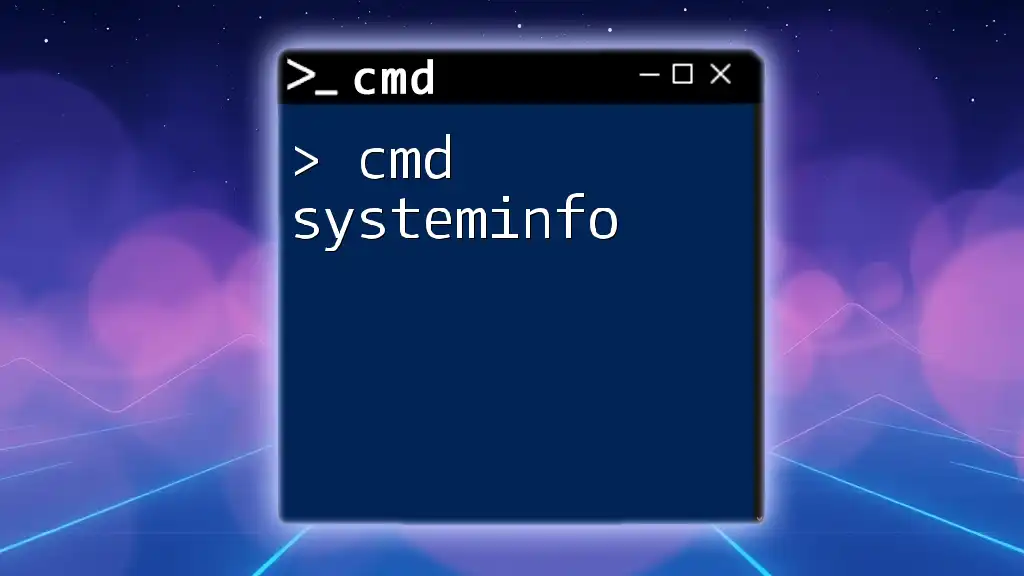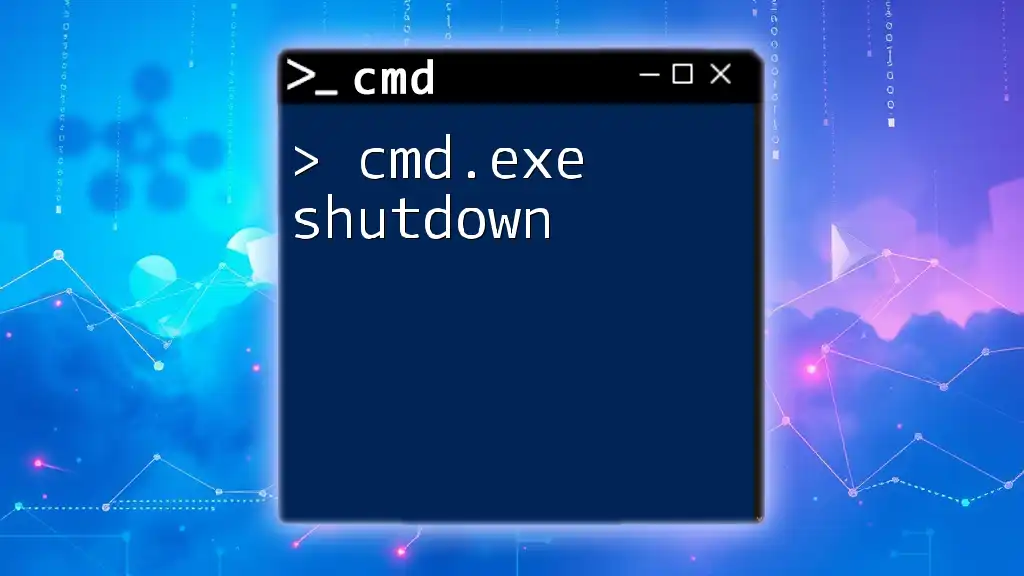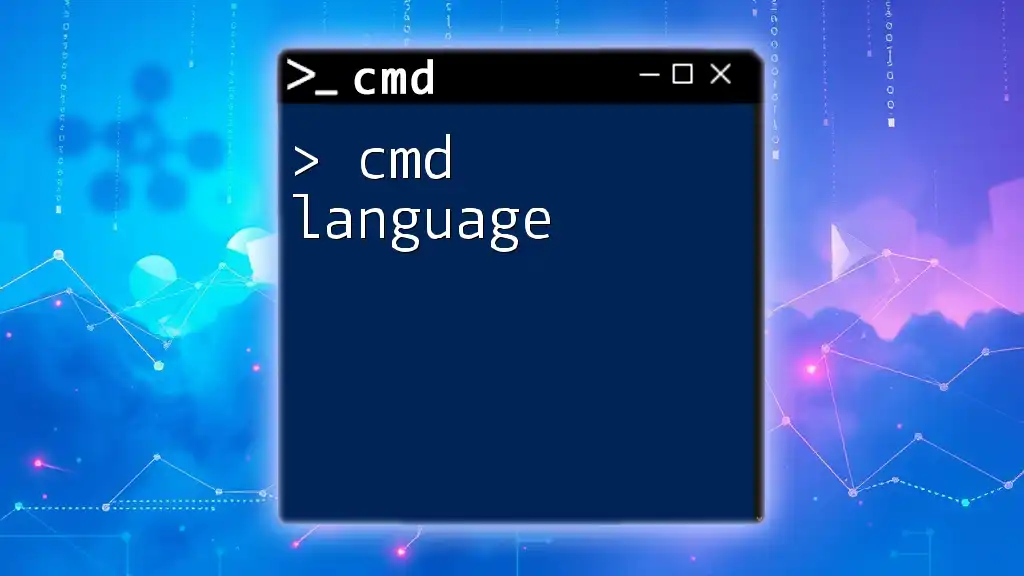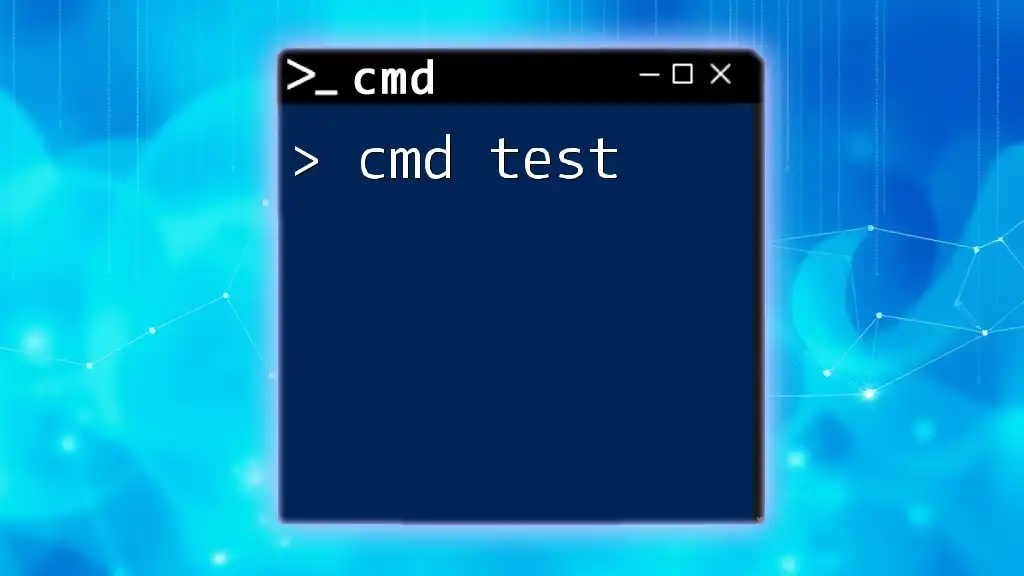Cmd line syntax refers to the structured format used to input commands in the Windows Command Prompt, which typically includes the command name followed by options and arguments as needed.
Here's a simple example:
dir /p
This command lists the contents of the current directory, pausing after each screenful of information.
Understanding CMD Line Syntax
What is CMD Line Syntax?
CMD line syntax refers to the structured format that users must follow when entering commands in the Command Prompt (CMD) interface. It encompasses the specific arrangement of commands, parameters, and switches that dictate how the command should be executed. Having a good grasp of CMD line syntax ensures that commands are executed correctly, enabling users to efficiently navigate their system, manipulate files, and perform administrative tasks.
Basic Components of CMD Line Syntax
Command
A command is the instruction you issue to the CMD. It tells the system what action you want to perform. For instance, `dir` is a command used to display the contents of a directory.
Parameters
Parameters are additional pieces of information provided to commands to refine their execution. They typically modify the behavior of the command. For example, using the `dir` command with the `/w` parameter, like this:
dir /w
Here, `/w` alters the display format of the directory listing, showing more files on the screen at once.
Switches
A switch modifies how a command operates. Many commands allow switches to customize their functionality. For example, when using the `copy` command:
copy source.txt destination.txt /y
The `/y` switch suppresses confirmation prompts when overwriting files.
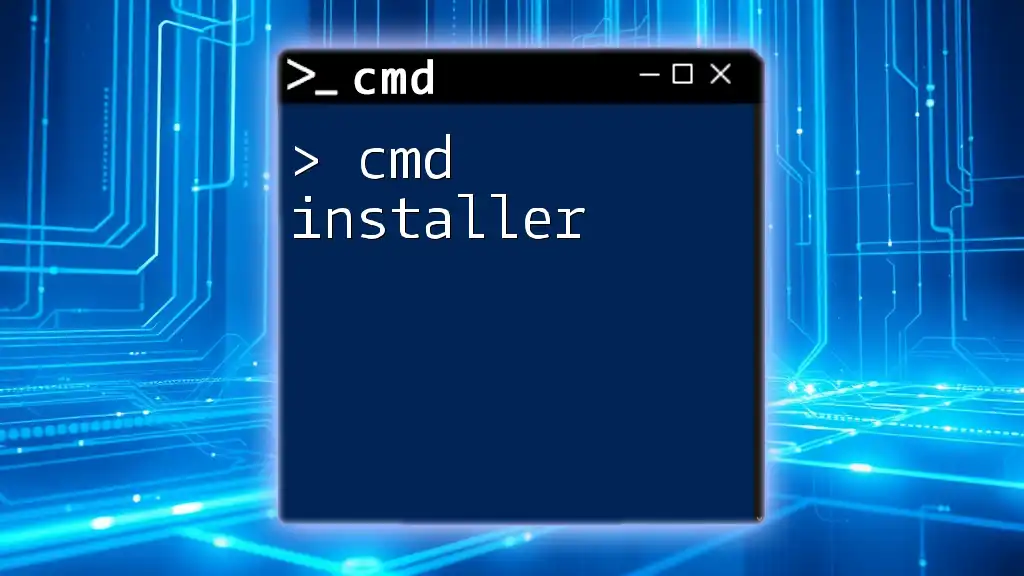
Structure of CMD Commands
General Structure
The general structure of a CMD command follows this pattern: `command [options] [arguments]`. This format creates an organized way to express a command succinctly.
For example:
xcopy source destination [options]
This command shows that you first specify the command (`xcopy`), followed by a source and destination, with optional parameters.
Arguments
Definition of Arguments
Arguments provide the necessary context or specific targets for the command. Distinguishing between options and arguments is crucial for proper execution. For instance:
ping google.com
In this command, `google.com` serves as the argument for the `ping` command, instructing it to send packets to this specific address.
Quoting Arguments
When specifying file paths or other arguments with spaces, it is essential to quote them. This prevents the command line from interpreting spaces as delimiters. For example:
"C:\Program Files\MyApp\MyApp.exe"
In this case, quotes ensure that the entire path is treated as a single argument.
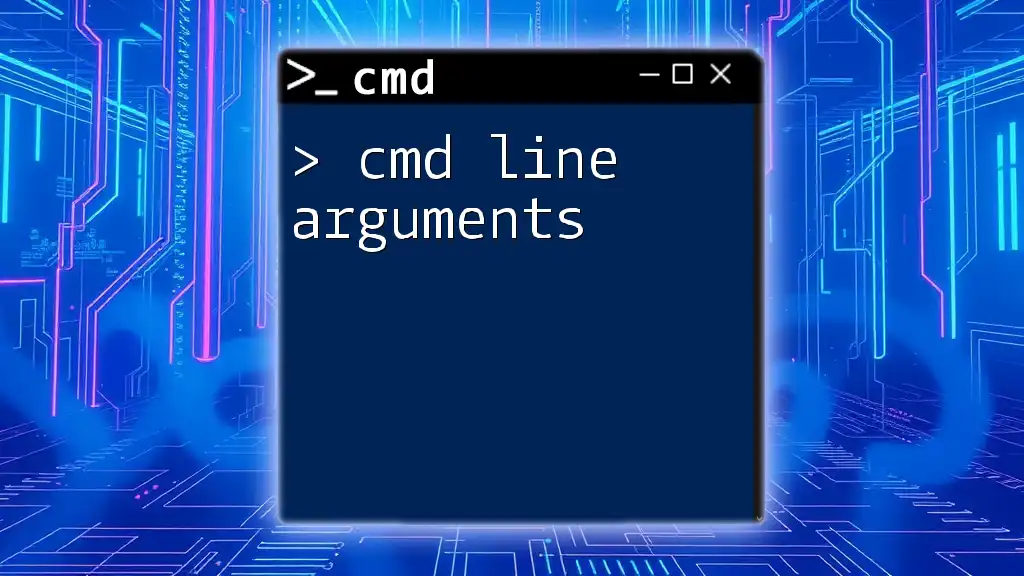
Using CMD Syntax Effectively
Commonly Used Commands with Syntax Breakdown
Navigating the File System
Effective navigation of the file system is foundational. Common commands include:
- `cd`: Changes the current directory.
cd C:\Users\YourName\Documents - `dir`: Lists the contents of a directory.
dir - `md`: Creates a new directory.
md NewFolder
File Operations
When handling files, CMD commands offer powerful options:
-
`copy`: Duplicates files.
copy file.txt C:\Backup -
`move`: Relocates files.
move file.txt D:\Documents -
`del`: Deletes specified files.
del C:\Backup\file.txt
System Commands
System management is also vital, with commands such as:
- `tasklist`: Displays currently running processes.
tasklist - `ipconfig`: Shows network settings.
ipconfig /all
Using Help Command
Whenever you are unsure about a command, utilizing the `help` command is invaluable. It provides comprehensive details about command usage. For instance:
help xcopy
This command displays the full syntax and options available for `xcopy`.
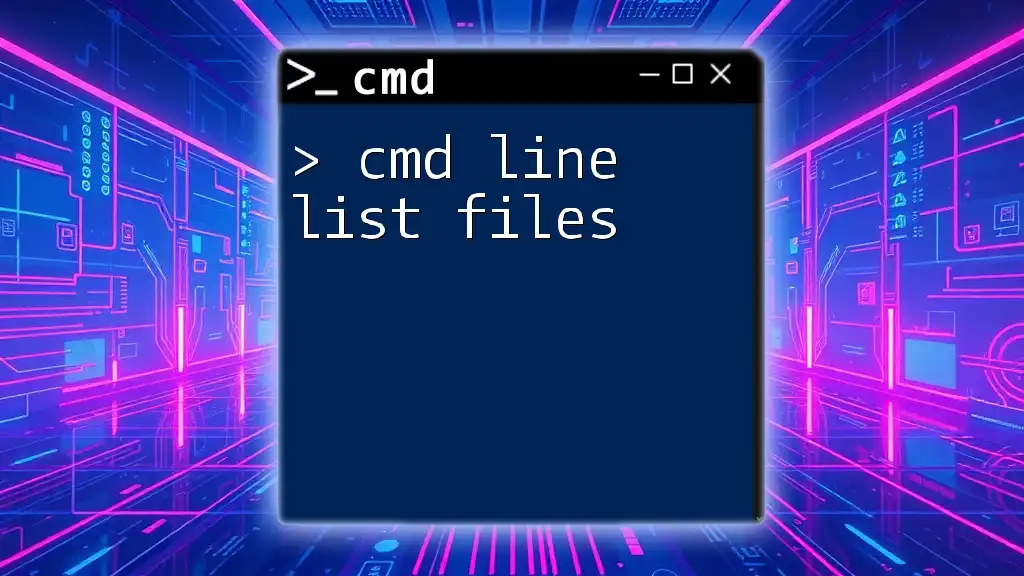
Advanced CMD Line Syntax
Batch Files
Introduction to Batch Files
Batch files are scripts that run a series of commands sequentially. Mastery of CMD line syntax is key to creating effective batch files that automate tasks.
Writing a Simple Batch File
A simple batch file can be created to run a set of commands. Here's a basic example:
@echo off
echo Hello, World!
pause
This batch file will display "Hello, World!" in the command prompt and then pause, waiting for user input before closing.
Variables in CMD
Definition and Usage
Command Prompt allows the use of variables to store values which can be reused. You can declare a variable by using the `set` command:
set MYVAR=Hello
You can then access the variable as follows:
echo %MYVAR%
This will output `Hello`.
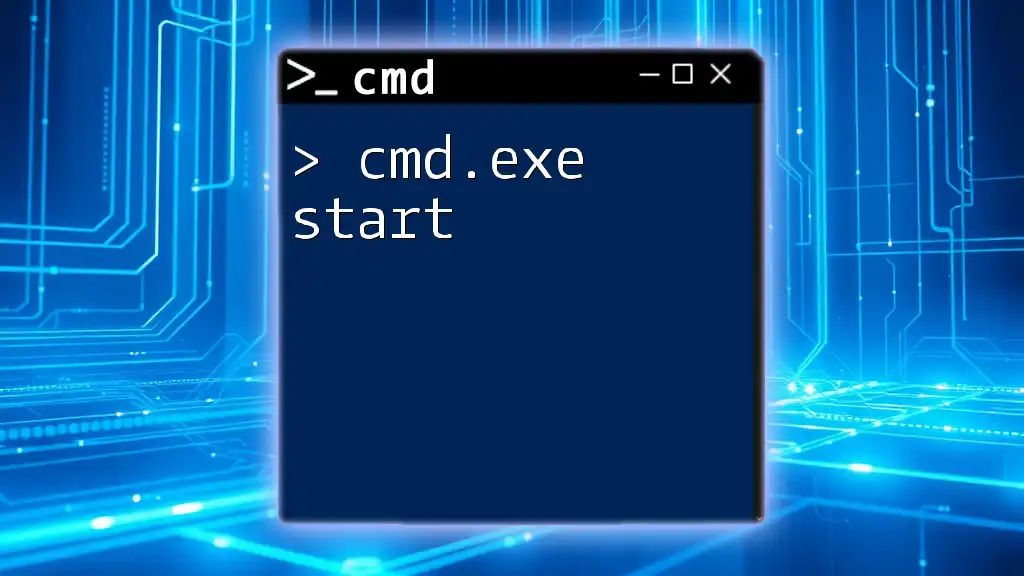
Error Handling in CMD Execution
Common Errors
When working with CMD line syntax, mistakes can lead to errors. Common issues include:
- Misspelling command names
- Incorrect parameter formatting
Solutions to Fix Errors
To troubleshoot errors, double-check your command syntax against proper examples. Use the `@echo` command to display commands being executed in a batch file to identify issues.

Tips for Mastering CMD Line Syntax
Practice Regularly
Regular practice is essential for mastering CMD line syntax. Create small scripts or commands in various scenarios to enhance your understanding.
Leverage Online Resources
Numerous online resources are available for CMD enthusiasts. Explore forums, official documentation, and tutorials to find additional insights and advanced techniques.

Conclusion
A thorough understanding of CMD line syntax empowers users to navigate systems efficiently, automate tasks, and troubleshoot issues. By practicing regularly and leveraging available resources, you can significantly improve your command line skills.

